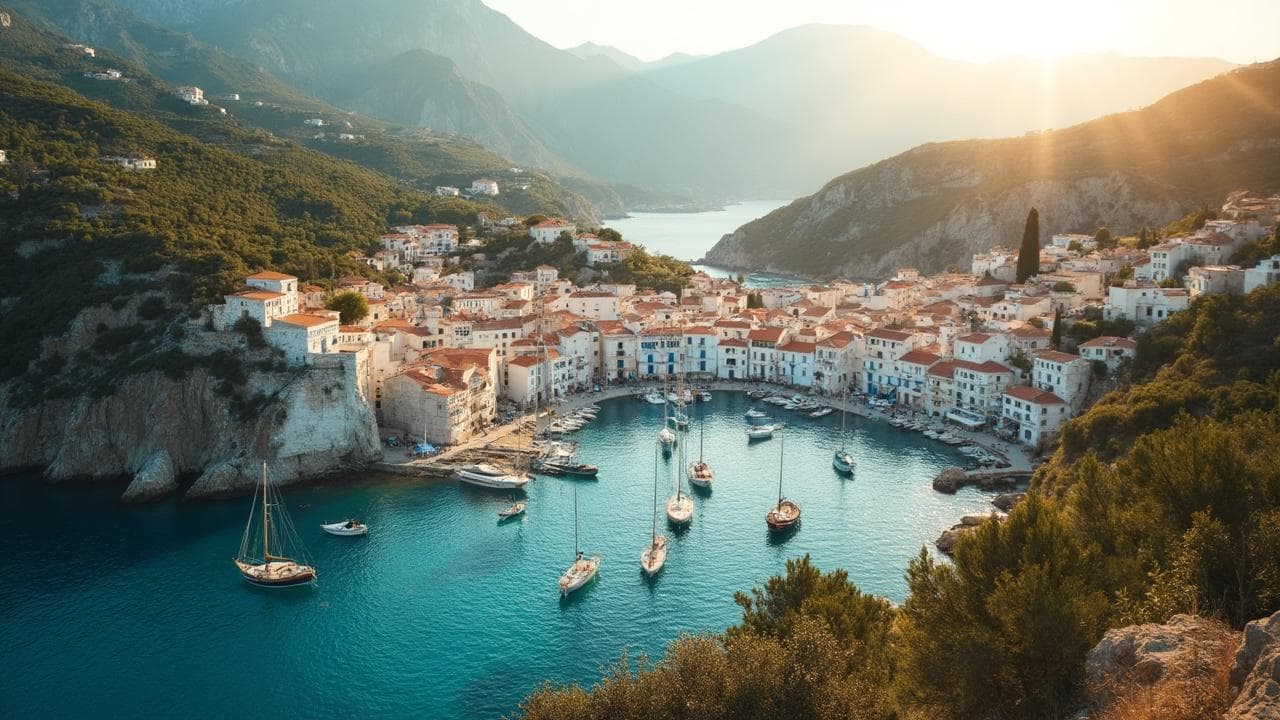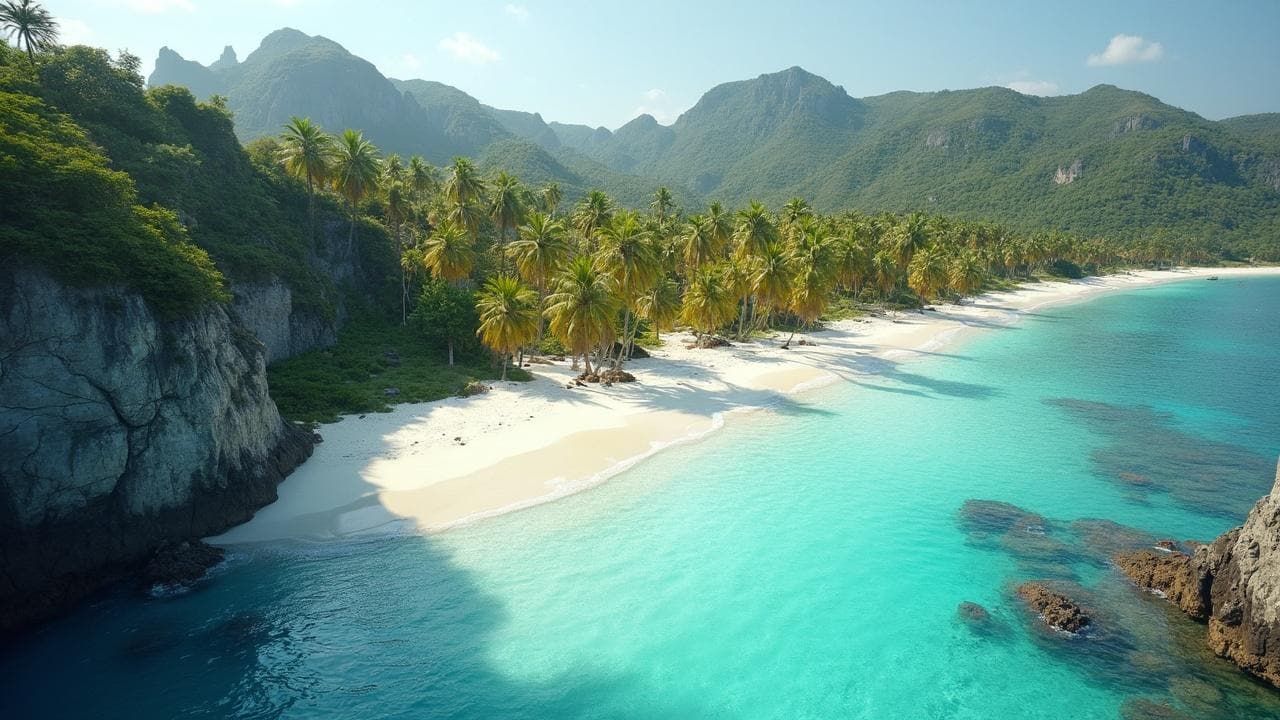Exploring Hawaii’s majestic oceans is an adventure unlike any other. From its clear turquoise waters teeming with colorful marine life to its breathtaking coastlines, Hawaii offers a unique blend of natural beauty and thrilling experiences.
However, the elements that make Hawaii’s waters so enticing also pose risks. Rip currents, flash flooding, and the need to respect local wildlife are vital concerns every adventurer should know about.
As a seasoned traveler and a digital nomad who has explored various corners of the world, I’ve learned the importance of safety and respect for nature. In this article, I’ll share comprehensive safety tips for navigating Hawaii’s oceanic wonders while maintaining the utmost respect for its marine inhabitants.
In this article
- How to avoid and survive a shark attack
- How to deal with eels
- Anticipate your needs and prepare accordingly
- Respecting marine wildlife
How to avoid and survive a shark attack
Sharks, revered by native Hawaiians as sacred guardians of the ocean, require a respectful and cautious approach. Understanding local wildlife habits has always been crucial in my travels, especially in waters inhabited by these magnificent creatures.
To minimize the risk of shark encounters, avoid swimming at dawn and dusk when sharks are most active. Also, always check the tidal conditions—high tides bring large predators closer to shore.
Shiny colors and excessive splashing can attract unwanted attention underwater. To maintain a low profile, avoid bright swimwear and minimize erratic movements. Remember to fight back if you encounter a shark in a rare situation.
Targeting sensitive areas like the eyes or gills with any available object can deter the predator, signaling that you are not easy prey.
How to deal with eels
While sharks often steal the spotlight in discussions about ocean dangers, eels also present a less-known hazard to unwary swimmers and divers. These creatures, usually hidden within crevices of coral reefs or rock formations, can deliver a nasty bite if provoked. Avoid reaching into unknown holes or crevices while swimming or diving, as it’s a common place for eels to reside.
In the unfortunate event of an eel bite, immediate treatment is crucial due to the risk of infection from the bacteria in an eel’s mouth. Thoroughly clean the wound with fresh water and antiseptic, and seek medical attention if the bite is deep.
This encounter reminds me of a tense moment during a Southeast Asian dive, emphasizing the universal need for caution and respect for all marine life, regardless of the ocean.

Anticipate your needs and prepare accordingly
Preparation is critical to safely enjoying Hawaii’s stunning aquatic landscapes. Packing essentials such as enough drinking water, snacks, protective clothing, and a basic first aid kit can distinguish between a memorable adventure and a tale of caution.
Inform someone of your plans and expected return time. Solo travelers, in particular, should heed this advice, as I’ve learned the importance of communication from years as a digital nomad, often venturing into the unknown alone.
Understanding the local weather and environmental conditions is also crucial. Flash floods can occur unexpectedly, transforming serene streams into perilous torrents.
Stay informed about weather forecasts and heed any warnings from local authorities. Your preparedness can be the thin line between an enjoyable day in nature and a dangerous situation.
MORE IN HAWAII?
- Hawaii Adventure: Kids, Beaches & Culture
- Embrace Aloha Spirit: Discover Hawaii
- Hawaii on a Budget: Paradise for Pennies
- Unveiling the Best Time to Visit Hawaii
- Rainbow Falls State Park Hawaii: Map Directions and Reviews
- What are the Activities To Do Walking Punaluu Black Sand Beach
- Hawaii Volcano Safety: Hike Smarter
Respecting marine wildlife
Hawaii’s oceans are teeming with life, from majestic humpback whales to playful dolphins and serene sea turtles. While getting up close and personal with these creatures is tempting, we must remember that we are visitors to their homes.
Maintain a respectful distance from marine wildlife to ensure their safety and yours. Harassing or attempting to touch these animals can cause them stress and lead to unpredictable behaviors.
As a passionate advocate for sustainable travel, I always encourage fellow adventurers to observe wildlife responsibly. Remember, our encounters with nature should leave no trace, preserving the beauty and integrity of these ecosystems for generations to come.
This principle has guided my explorations from the remote beaches of Hawaii to the lush rainforests of South America, fostering an enduring respect for our planet’s diverse habitats.
In conclusion, embracing Hawaii’s oceanic adventures demands a blend of excitement and responsibility. By staying informed about the risks, preparing for your journey, and respecting marine life, you can ensure a safe and enriching experience in Hawaii’s incredible waters.
For more tips on unique activities and hidden gems across Hawaii, explore the mesmerizing Punaluu Black Sand Beach. Let’s safeguard our adventures by prioritizing safety, respect, and sustainability in every aquatic journey.




